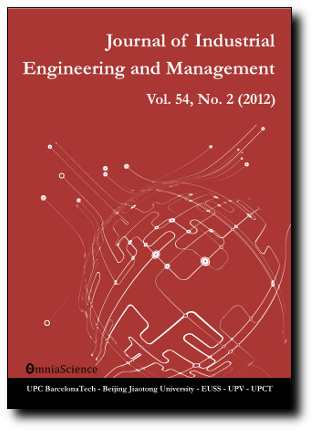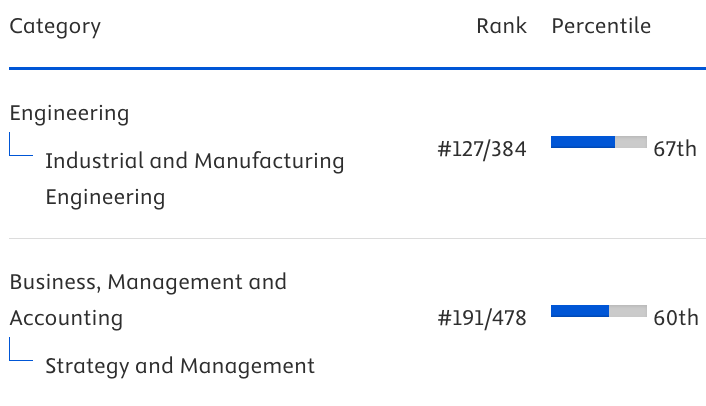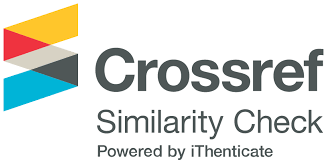Multi-objective metaheuristics for hub location problem: A case study of rail network planning
Abstract
Purpose: Hub location problems have been utilized in various applications including rail transportation network planning, where hub serves as a key transit point within the network. In this paper, we focus on determining the optimal location for a rail transportation hub, where cost and service are trade-off.
Design/methodology/approach: The problem is formulated as a multi-objective programming model with the objectives of minimizing total transportation costs and minimizing maximum travel time. A case study of rail transportation network hub planning in Thailand is presented. Given the complexity and large scale of the real-world case study, we develop and compare the Multi-Objective Tabu Search (MOTS) and Non-Dominated Sorting Genetic Algorithm II (NSGA-II) to solve the problem.
Findings: The proposed algorithms yield efficient performance in terms of computational time and solution quality. Performance comparison is further analyzed to see the difference in both algorithms.
Originality/value: The results offer valuable managerial insights for decision-makers in rail transportation hub network design.
Keywords
Full Text:
PDFDOI: https://doi.org/10.3926/jiem.8938
This work is licensed under a Creative Commons Attribution 4.0 International License
Journal of Industrial Engineering and Management, 2008-2025
Online ISSN: 2013-0953; Print ISSN: 2013-8423; Online DL: B-28744-2008
Publisher: OmniaScience






